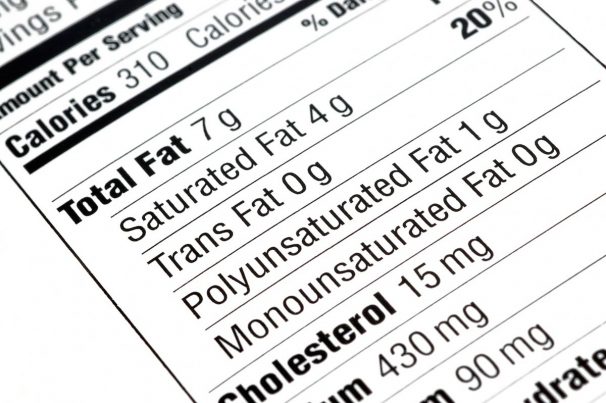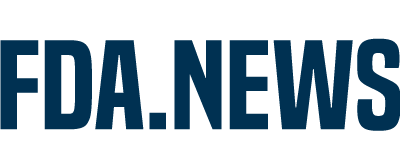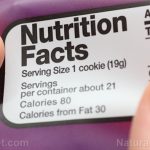
Canada aims to make food labels easier for consumers to understand
Thursday, December 29, 2016 by Isabelle Z.
http://www.fda.news/2016-12-29-canada-aims-to-make-food-labels-easier-for-consumers-to-understand.html

Canada has announced new changes aimed at making the nutrition labels on packaged foods easier for consumers to understand. While many people are commending their efforts, critics feel the new measures don’t quite go far enough.
The point of the changes, according to Health Canada, is to make it easier for people to make healthy choices at the grocery store. They are pushing the food industry to stop using industrially-produced trans fats and lower the amount of sodium that is used in processed foods. They also want consumers to be offered more information about food colorings and sugars. Perhaps most admirably, they want to institute regulations on the marketing of unhealthy food products to children.
These measures might sound pretty reasonable, but some people feel they are missing an opportunity when it comes to the labeling of sugar. All sugar-based ingredients are going to be grouped together and listed as “sugars” in the ingredient list, so companies can no longer hide behind deceptive names for sugar like “malted barley or glucose-fructose”. Unfortunately, the amount of added sugar will not be shown, and this tends to be the most dangerous type of sugar there is, triggering weight gain and blood pressure problems, among other issues.
The items must also list percent daily values on products, with guidelines printed on the packages stating that 5 percent is considered a little, while 15 percent can be thought of as being a lot. Allergen information will be made easier to spot, and food colors will have to be specified instead of simply being listed as “color”.
Food companies are being given five years to get on board. Health Canada says the generous transition period is aimed at giving small businesses a chance to make the necessary changes, which could entail overhauling the ingredients in products in addition to updating the fronts of the packages and the nutrition labels.
America also getting nutrition label overhaul
Meanwhile in the U.S., the FDA has announced that the serving sizes on food will soon be “less misleading.” Labels must now indicate how much Vitamin D and potassium the foods contain in hopes of stemming the deficiencies many Americans have of these nutrients. They will also list a new “percent daily value” for sugars so that people can quickly determine how much of the recommended daily intake of sugars is in each serving. The current guidelines state that added sugar should make up no more than 10 percent of a person’s daily caloric consumption, which is around 50 grams or 200 calories.
Like the Canadian measures, it is hoped that these new requirements will motivate food manufacturers to start using less sugar in their products. Companies must get on board by July 2018, while smaller companies will be given an additional year.
Food companies will still find ways to be deceptive
It’s no secret that food companies try to hide toxic ingredients in food, using names like “corn sugar” to disguise the presence of high fructose corn syrup, a dangerous ingredient many people actively avoid. In his book Food Forensics, Mike Adams, the Health Ranger, revealed a troubling amount of toxic food ingredients in a number of popular foods on grocery store shelves that are not listed explicitly on the labels.
Given how widespread this deception is, the best way to ensure you know exactly what you are eating is to avoid processed foods altogether. Grown your own vegetables and fruits if possible so you can be sure you are not ingesting cancer-causing pesticides, and prepare foods yourself at home using natural and organic ingredients.
Canada’s new labeling requirements come as statistics shows that six out of every 10 Canadian adults and one out of every three young people are overweight. Moreover, four out of every five Canadians are considered to be at risk of heart disease, Type 2 diabetes, and cancer. However, critics are right in suggesting that they could have gone further and done even more good for society – and that is certainly also true of the FDA’s new labeling guidelines in the U.S. The changes are a step in the right direction, but a lot more needs to be done to make a real difference.
Sources include:
Tagged Under: Tags: FDA, food labels, sugar





